Top Tier CPU Air Coolers Q3 2015: 9-Way Roundup Review
by E. Fylladitakis on July 6, 2015 8:00 AM ESTThe Thermalright Macho Zero
Being one of the oldest and most reputable manufacturers of advanced cooling solutions, Thermalright does not really need much of an introduction in such a review. Ever since 2001, Thermalright is totally focused on designing and producing cooling solutions for PC components, with the mere exception of a heatsink for the XBOX 360. The company greatly surprised us with their submission for this review. With this being a roundup review of top performance coolers, almost anyone would expect to see the Silverarrow or HR-22 (or a Copper TRUE? - Ian). However, Thermalright submitted the Macho Zero - a cooler optimized for passive performance and low airflow environments!
Thermalright supplies the Macho Zero in a very plain black cardboard box, with just a schematic of the cooler printed on it. Inside the box, the cooler is very well protected inside thick polyethylene foam pieces. Note that the Macho Zero is not supplied with a fan. For the means of this review, Thermalright supplied us with a single TY-147A 140 mm fan.
The bundle of the Macho Zero is the most thorough of this review. Thermalright nickel-plated the screws and retention plates necessary for the mounting of the cooler, supplies a tube of quality "Chill Factor III" thermal paste, anti-vibration rubber pads and wire clips for one cooling fan, provides a full size magnetic 150 mm shank Philips PH2 screwdriver and even gloves for the installation of the cooler.
Although the Macho Zero is primarily optimized for semi-passive cooling, meaning that it has been designed to make use of the airflow generated by the fans of the case, it is possible to install any 120 mm or 140 mm fan on it. For the means of this review, the cooler had to be in active configuration, therefore Thermalright supplied us with a TY147A 140 mm fan. The white bladed fan with the rounded frame is a model designed for efficient airflow and low-noise operation. This means that the fan is optimized for low impedance applications, such as to replace case fans. Normally, that would make it mediocre for a very dense cooler, but that is not the case with the Macho Zero. It has a maximum rotational speed of 1300 RPM and an "enhanced hyper-flow bearing", for which we could not find specific information about, but it definitely is a form of fluid sleeve-type mechanism.
The Macho Zero is an imposing, large single tower CPU cooler. Its fins are almost perfectly rectangular, with many openings across their great surface. There are not too many fins though, as the spacing between them is very large in comparison to other coolers. This has been done to optimize this cooler for very low airflow environments and greatly lowers its airflow impedance. For aesthetic purposes, Thermalright painted the top fin black, yet it does not cover the heatpipe endings. There is a fairly large hole near the rear side of the fins, meant for the screwdriver to go through for the mounting of the cooler. Note that for the mounting of this cooler, the front fan (if present) needs to be removed as well.
Typically, the Macho Zero is designed for use without a fan. An optional fan can be used of course, but remember that high airflow / low pressure options are likely to be far more effective than high pressure fans. The provided wire clips are an excellent fit for 140 mm fans with rounded frames, yet their configuration does not allow the adjustment of the fan's height. It would be wise to check the mechanical specifications of the cooler and make sure that the installation of a fan does not restrict the installation of RAM modules in slots that need to be used.
The base of the Macho Zero is of notable importance. The copper base is rectangular and wide to provide full contact with Haswell-E processors, with six 6 mm heatpipes going through it. The heatpipes are split into two groups, with heatpipes 1-3-5 expanding near the rear of the heatsink and heatpipes 2-4-6 near the front. This approach allows the localized generation of a heavy thermal load to be split across the surface of the fins. Everything is nickel plated and the contact surface is treated to a perfect mirror finish.


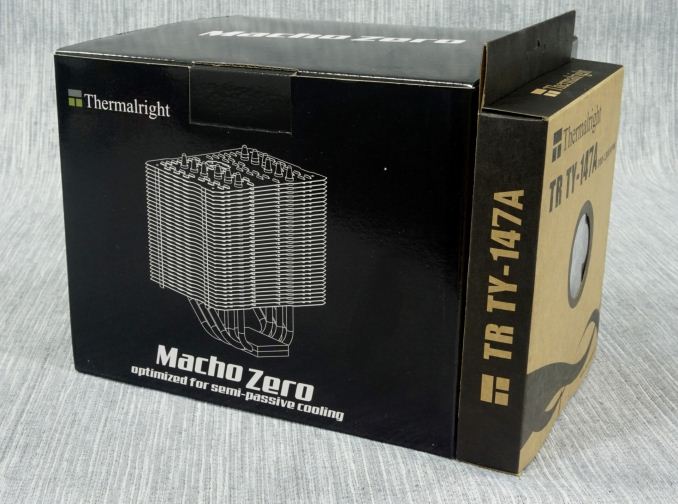
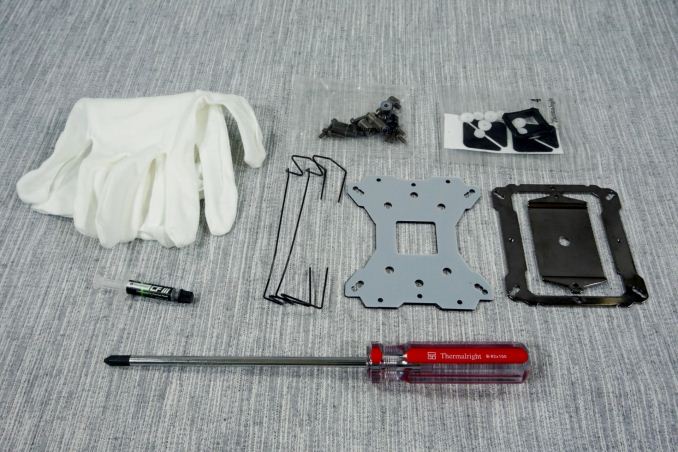
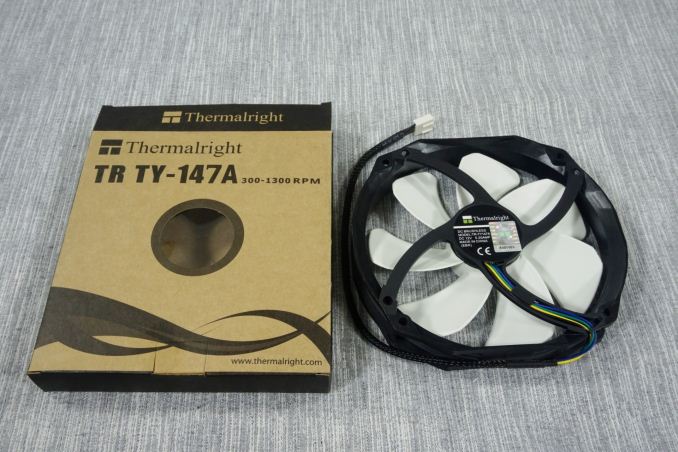
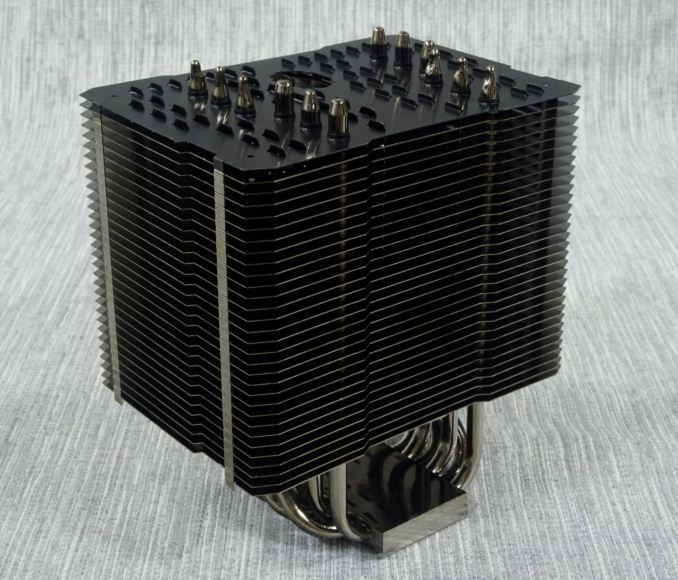
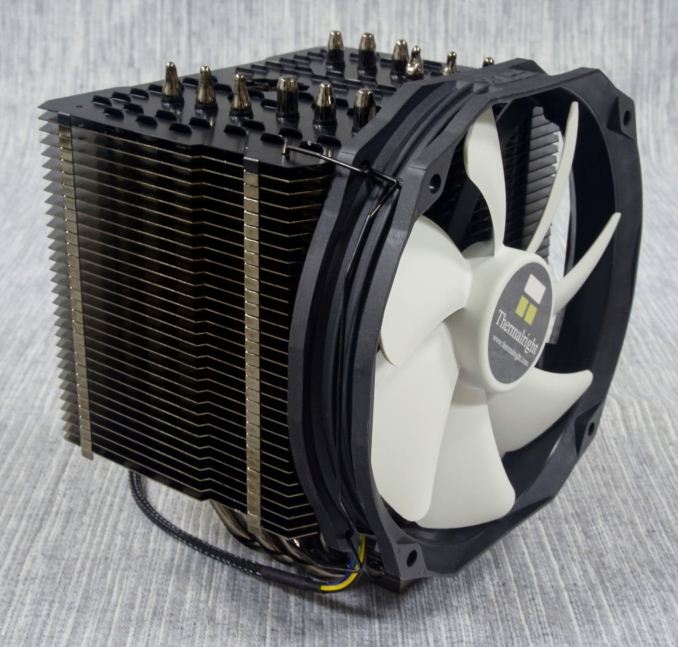
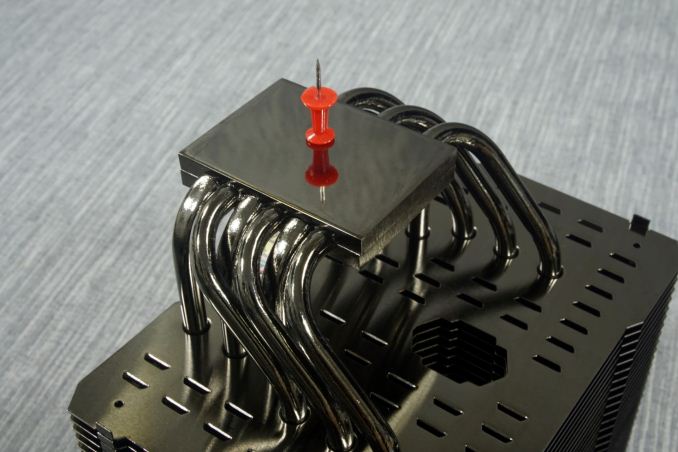








135 Comments
View All Comments
marraco - Monday, July 6, 2015 - link
Something really important that never is reviewed is dust control and maintenance.As radiator fins get closer, they have more dissipation area, but air flow gets worse. Yet the main problem of fins closeness is that they accumulate dust much faster, and get occluded.
No review makes a dust test. I have a Thermaltake cooler, which works excellent when is clean, but it rapidly loses his capacity due to being occluded by dust.
The easiest way to remove his dust is to use canned air, but it is a short lived fix, because an air cleaned radiator occludes itself very fast, sometimes in matter of weeks.
The only way to clean it for good is to take out the dissipator, and put in in the dish washer. But that is a cumbersome task. I need to do a lot of work just to clean it, and I need thermal paste to place it again on the motherboard.
So, maintenance is as important as cooling and noise.
A good cooler should pass a dusting test (being exposed to a day of dirty and dusty air current), and should be possible to clean it without much hassle, without applying thermal paste, without using screws, without need to access both sides of the motherboard, and without his pegs breaking or being degraded by manipulation.
'nar - Tuesday, July 7, 2015 - link
Interesting concern. It makes sense, yet is never considered. I think the best answer is the same as electricity, you need to provide the best environment you can for your computer. Higher quality components are more sensitive to dirty power, and dusty air. Get that PC off the floor, and get a case with good dust filters. And if your room is bad enough, get an room air filter. I have one on my desk right in front of my PC. A Honeywell HEPA air filter.Impulses - Monday, July 6, 2015 - link
I understand why cases are tested with stock fans, replacing 3+ quality fans will significantly alter the price equation... It's a trivial difference for $50-100 heatsinks tho, many are often even sold sans fans anyway.If nothing else, a single apples to apples test with all running the same fan would've been welcome. In addition to something like the Hyper 212 as a baseline, the different Thermalright TRUE Spirit variants have remained a solid value over the years (they perform better than the 212 and even closer to some of these as per HardOCP's last roundup).
Is there gonna be a midrange roundup? Spending upwards of $65 on an air cooler never made much sense to me when more affordable options were so close in both noise and performance. Out of 9 coolers tested only 3 or so come in at a sensible price, at $75+ wouldn't it make more sense to go AIO WC?
xthetenth - Monday, July 6, 2015 - link
If you want low noise, good thermals and dead quiet idle well into the land of diminishing returns, high end air is still a very compelling alternative to water, especially if you're willing to put the effort into some ducting.However midrange products can be excellent and are well worth a good long look before hanging a hundred bucks off your socket.
'nar - Tuesday, July 7, 2015 - link
I was a HSF fanboy until I actually needed a water cooling system. Specs and testing does not show response time. Fast, transient loads can overwhelm a HSF, as heat pipes cannot transfer heat as fast as water. For low power CPU's a HSF is fine, but when you go over 100 watts the noise is less of an issue, as a HSF will need much more airflow to compare to the higher heat transfer ability of W/C. And instantaneous loads are more likely to cause system instability due to the less efficient heat transfer rates of heatpipes.meacupla - Tuesday, July 7, 2015 - link
I am going to nitpick on what you're saying there, because you have it confused.Heatpipes use some form of vaporized liquid inside and they actually transmit heat quite good, especially when compared against sold copper rods. Where they fail, is that they do not have a lot of capacity for transferring large amounts of heat.
Water is actually quite poor at transmitting heat, as it's a non-metal and an insulator. It does, however, have great capacity to hold heat.
This is why large bodies of water are warm during winter and cold during summer and results in mild weather near the coast and extreme weather in the interior.
The advantage of water cooling systems, over air cooling, is the ability to place large radiators, with a lot of surface area, in spots that get fresh air from outside the case, instead of warmed up air that is already inside the case. Heatsinks are also limited to size and weight constraints around the socket.
Were it possible to attach a triple 120mm fan heatpipe heatsink, as in parallel layout, instead of serial dual towers, directly to the CPU, I'm quite sure the results would be similar to a 360mm radiator water cooling setup.
xthetenth - Tuesday, July 7, 2015 - link
Yeah, he's describing the thermal mass of the coolant, not any transfer capability. It seems that running coolant through radiator fins does have an advantage of relying on the fins to radiate the heat out from a heatpipe, but for a similar surface area, it's questionable how large the advantage is, especially at CPU TDPs.GPUs on the other hand have a more constrained form factor for large air cooling and a higher TDP, so they are a more promising place for CLCs.
PitneFor - Monday, July 6, 2015 - link
wheres Prolimatech, my precious...mejobloggs - Monday, July 6, 2015 - link
I'd be very interested to see a size-per-performance chart.I usually buy coolers that perform the best without being too large. Although I guess "Top Tier" coolers isn't the right article to look for smaller size coolers :p
Impulses - Monday, July 6, 2015 - link
Leaving it to the manufacturers to select their entry is always messy or questionable IMO, TR choosing the Macho over the Silver Arrow for one... Still curious whether there's a midrange round up planned or if this is it for air coolers at AT for a couple more years...Despite the criticism I do appreciate E Fyll's thorough process, otherwise I imagine I and many others wouldn't even bother commenting. Low end (212+) and high end ($120 AIO?) base lines would make the article much more useful tho.
The into even suggests some people prefer high end air over WC at the start but then leaves that up in the air... No pun intended.